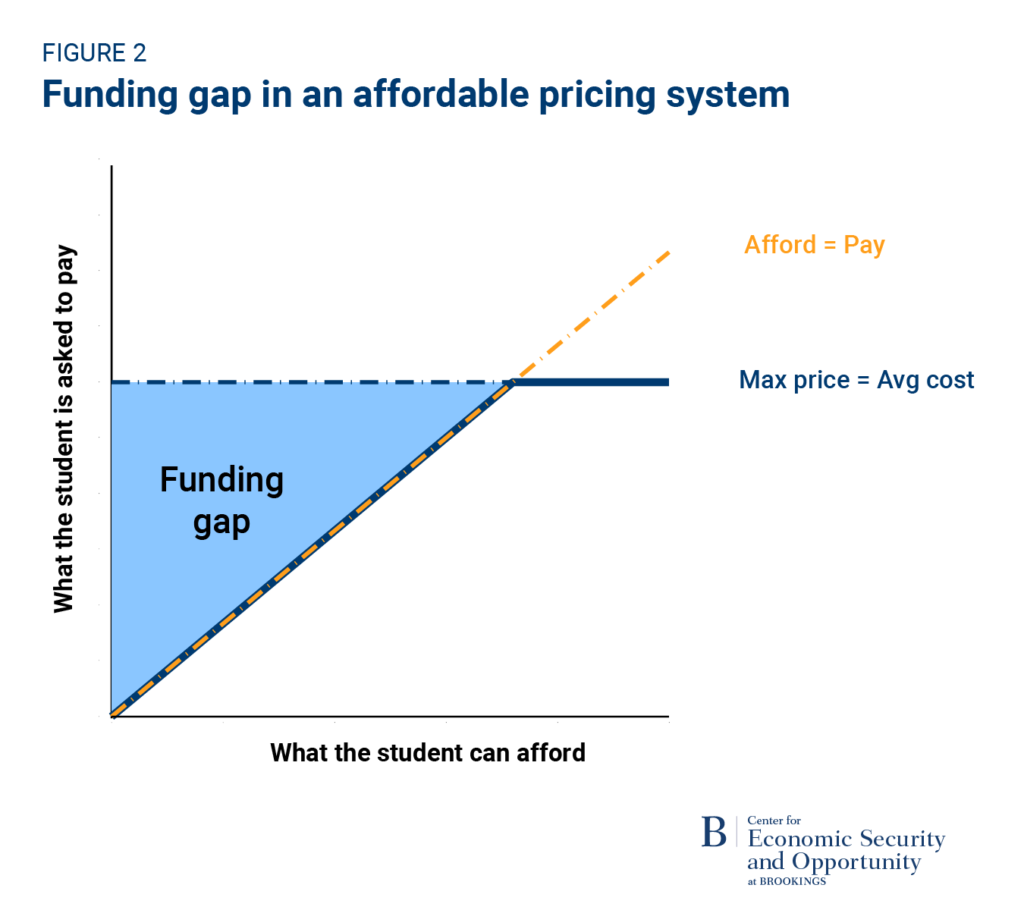University endowments play a significant role in shaping the financial landscape of higher education. These funds, accumulated from donations, investments, and other sources, are invested to generate income that supports a wide range of institutional needs. One of the most impactful ways endowments contribute is by reducing student costs. Here’s an exploration of how university endowments work and their critical role in making higher education more affordable.

What Are University Endowments?
University endowments are financial assets donated to institutions that are invested to create a perpetual source of income. Endowments are typically comprised of donations from alumni, philanthropists, and other supporters. The principal amount of the endowment is invested in a diversified portfolio, and the returns on these investments are used to fund various university expenses.
How Endowments Reduce Student Costs
**1. *Scholarships and Financial Aid*
One of the primary ways endowments help reduce student costs is through funding scholarships and financial aid. Many universities use endowment income to create merit-based and need-based scholarships that cover part or all of a student’s tuition and fees. By providing these scholarships, endowments directly lower the financial burden on students and their families, making higher education more accessible.
**2. *Subsidizing Tuition*
Some universities use endowment funds to subsidize tuition costs, effectively lowering the price students pay for their education. By drawing from endowment income, institutions can reduce the amount they need to charge in tuition fees, helping to alleviate the overall cost of attendance. This approach not only makes college more affordable but also enhances the institution’s ability to attract and retain students.
**3. *Supporting Financial Aid Programs*
Endowments also support broader financial aid programs beyond scholarships. These programs might include grants for textbooks, emergency funds for unexpected expenses, or subsidies for on-campus housing. By funding these initiatives, endowments ensure that students have access to resources that can help manage their educational expenses and reduce financial stress.
**4. *Enhancing Academic and Extracurricular Opportunities*
Endowments can fund a variety of academic and extracurricular programs that enhance the overall student experience. This might include research opportunities, internships, study abroad programs, or campus facilities. By supporting these programs, endowments contribute to the value of the education students receive, making the investment in their education more worthwhile and potentially reducing the need for additional expenses.
The Broader Impact of Endowments

**1. *Institutional Stability and Growth*
Endowments provide financial stability for universities, allowing them to plan long-term projects and invest in institutional growth. This stability helps institutions maintain and improve their academic programs, facilities, and services, which indirectly benefits students by enhancing the quality of education and campus life.
**2. *Attracting and Retaining Talent*
With the financial support provided by endowments, universities can offer competitive salaries and benefits to faculty and staff. This ability to attract and retain high-quality educators and researchers contributes to the overall academic excellence of the institution. Students benefit from high-caliber instruction and mentorship, enriching their educational experience.
**3. *Encouraging Alumni Giving*
A strong endowment often encourages more alumni and philanthropic giving. When graduates see that their contributions have a tangible impact on reducing student costs and improving the university experience, they are more likely to contribute financially. This cycle of giving helps sustain and grow the endowment, further benefiting future generations of students.
Challenges and Considerations
While endowments play a crucial role in reducing student costs, they are not without challenges. Some universities face criticism for large endowments that are perceived as underutilized. Ensuring that endowment funds are effectively and transparently used to benefit students is essential for maintaining public trust and maximizing the positive impact on affordability.
Conclusion
University endowments are a vital resource in reducing the cost of higher education and making college more accessible. By funding scholarships, subsidizing tuition, supporting financial aid programs, and enhancing academic opportunities, endowments help alleviate the financial burden on students and contribute to a richer educational experience. As universities continue to navigate financial challenges, the role of endowments in supporting student affordability and institutional excellence remains a critical component of their long-term strategy.



